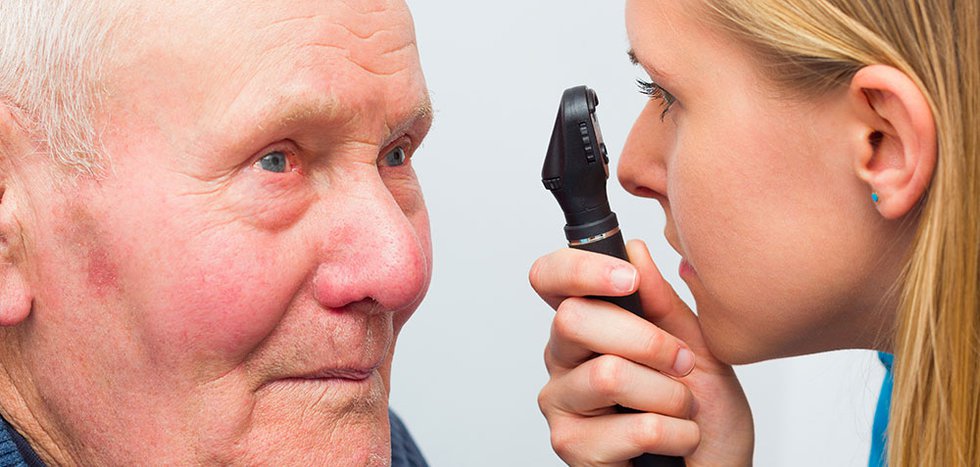
As we age, our eyes go through natural changes that can affect our vision and eye health. It becomes increasingly important to prioritize and maintain good vision health as we enter the golden years. In this blog post, we will explore the common age-related vision changes, discuss potential eye conditions that may arise, and provide practical tips for maintaining optimal vision health as we age.
Understanding Age-Related Vision Changes:
- Explaining common vision changes that occur with aging, such as presbyopia, reduced contrast sensitivity, and decreased ability to adapt to low light conditions.
- Discussing the impact of age-related changes on everyday tasks like reading, driving, and recognizing faces.
Common Eye Conditions in Older Adults:
- Discussing age-related eye conditions like cataracts, age-related macular degeneration (AMD), glaucoma, and dry eye syndrome.
- Explaining the causes, symptoms, and potential impact of these conditions on vision.
- Highlighting the importance of regular eye exams for early detection and management.
Healthy Lifestyle Habits for Vision Health:
- Encouraging a healthy lifestyle that supports vision health in older adults.
- Discussing the benefits of a balanced diet rich in nutrients like antioxidants, omega-3 fatty acids, and vitamins C and E.
- Promoting regular exercise, which can improve blood flow to the eyes and reduce the risk of certain eye conditions.
- Discussing the importance of staying hydrated and maintaining a healthy weight.
Protecting Eyes from Ultraviolet (UV) Radiation:
- Educating older adults about the harmful effects of UV radiation on eye health.
- Encouraging the use of sunglasses that block 100% of UVA and UVB rays.
- Advising the use of wide-brimmed hats or visors for additional sun protection.
Practicing Eye Safety Measures:
- Discussing the importance of eye safety to prevent injuries in older adults.
- Recommending the use of protective eyewear during activities like gardening, home repairs, or woodworking.
- Highlighting the potential risks of falls and the need for well-lit environments with clear pathways.
Managing Medications and Eye Health:
- Discussing the importance of reviewing medications with healthcare professionals for potential side effects on vision.
- Raising awareness about medications that may cause dry eyes or increase the risk of certain eye conditions.
- Encouraging regular communication with healthcare providers regarding any changes in vision or eye health.
Regular Eye Exams and Early Detection:
- Emphasizing the importance of regular comprehensive eye exams for older adults.
- Discussing the recommended frequency of eye exams based on individual risk factors and existing eye conditions.
- Encouraging older adults to report any changes in vision, discomfort, or other symptoms to their eye care provider.
Assistive Devices and Adaptive Strategies:
- Discussing the availability of assistive devices and adaptive strategies to support older adults with vision challenges.
- Exploring options such as magnifying glasses, large-print books, audio books, and voice-activated technology.
- Providing resources and information on vision rehabilitation services for individuals with severe vision loss.
Managing Chronic Health Conditions:
- Addressing the impact of chronic health conditions like diabetes and hypertension on eye health.
- Highlighting the importance of managing these conditions and seeking appropriate medical care to protect vision.
- Encouraging regular screenings and coordination between healthcare providers to monitor and manage overall health.
Emotional Support and Community Engagement:
- Recognizing the emotional impact of vision changes in older adults.
- Encouraging engagement in social activities, support groups, and community programs to foster emotional well-being.
- Highlighting the resources available for emotional support, counseling, and low vision rehabilitation services.
Post a Comment